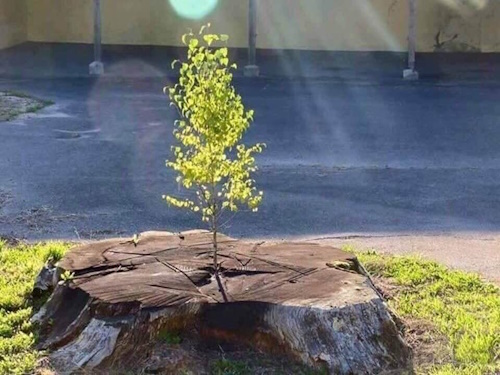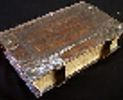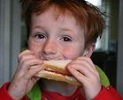
Advent - the time when we prepare our hearts to remember the Lord’s first coming and to look forward to His return. Isaiah begins this journey in an unexpected place. He does not start with angels, shepherds, or songs. He points us to a stump. Judah had been cut down by judgment. The proud tree of David’s royal line had fallen, and the nation sat in ruins. Yet in the middle of all that desolation, Isaiah sees something remarkable.
As a Christian Hobbit working on 'an elaborate family tree with innumerable branches.' I understand that the Jews are as much into genealogy as I am. It is important to know where you come from, it can help to make you whole. So I know that the stump he is talking about is the stump of a family tree - the line of King David. It is obviously important to God also as 700 years before he is born Isaiah tells us, the family line into which the Messiah will be born. But he chooses the name Jesse instead of David. David was the king. Jesse was the simple man from Bethlehem. Isaiah takes us back to the beginning, back to the root, because God bypasses the pride of earthly thrones. He reminds Judah and He reminds us that the Messiah would not come through political strength or human glory. He would come with humility.
Isaiah foresees Life where there should be no life. Hope where despair has settled in. That is the character of our God. When everything looks finished, He begins again. When the story seems over, He writes a new chapter. Advent reminds us that God brought His Son into a world dead in sin in order to give everlasting hope.
So is your life a little like a stump. Has something in your life has been cut down. A dream. A season. A prayer that has not yet been answered. But the same God who brought life out of Jesse’s root can bring life out of your barrenness. He keeps his promises He has not forgotten you.

 Welcome
Welcome Calendar
Calendar Today's Word
Today's Word Lauds
Lauds Terce
Terce Sext
Sext None
None Vespers
Vespers Compline
Compline Matins
Matins